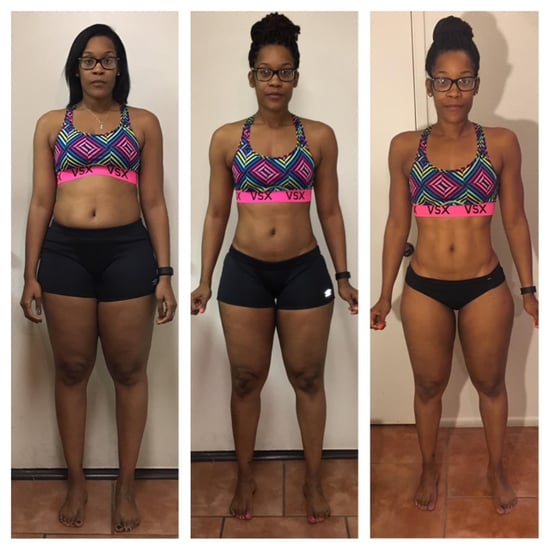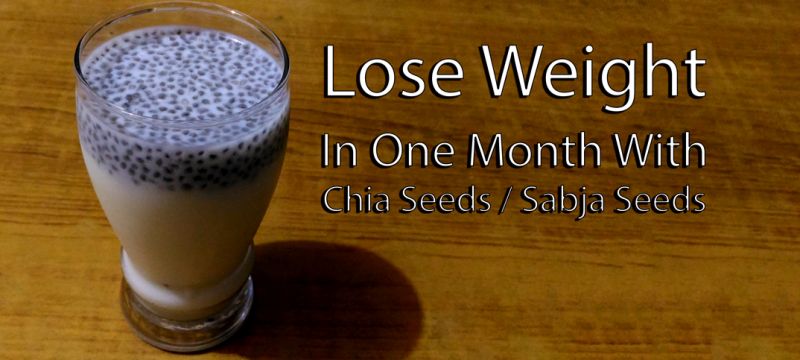
A diabetic diet is different from a low-carbohydrate or no-fat diet. It is more about overall dietary patterns than a strict calorie restriction. Remember that diabetics don't have to eliminate all their guilty pleasures. A good diabetic diet will include unprocessed, natural foods in moderation.
Low-carb diabetic diet
Salt can help you process less carbs by adding a teaspoon to your meals. This sodium is available from a variety sources including fruits, vegetables and pulses as well as nuts. A low-carb omelet containing tomatoes and zucchini is packed full of protein and fire. You can also get your daily intake of calcium from unsweetened milk or yoghurt.
It is essential to monitor blood glucose levels if your insulin or any other blood sugar lowering medication. A continuous glucose monitor is a device that can be used to adjust the amount of food and medication. They also measure glucose every five minutes, which is a great benefit for diabetics. Additionally, Medicare and private insurance will cover these devices for diabetic patients. You should consult your physician before you begin a low carb diet to avoid hypos.

Mediterranean diet
The Mediterranean diet can be used to help diabetics lose weight and control their blood sugar. The Mediterranean-style eating style is followed by a meal plan for one. The diet consists of seven to ten servings of fruits and vegetables a day. These can be obtained by eating fruit salads. The Mediterranean diet also includes spices, herbs, and other ingredients to improve flavor. Below are some of the benefits of the Mediterranean diet.
The Mediterranean diet is based on plant-based foods such as fruits, vegetables, pulses, nuts and seeds, wholegrains, and olive oil. It does contain some lean proteins, wine, and milk, but in moderation. Mediterranean diet is rich and varied in fruits and vegetables. It does not include too much processed food. It restricts red meat, saturated fat, trans fats, and other animal products. It is easy to follow and requires no special knowledge.
Paleolithic diet
Paleolithic is a diet that promotes weight loss. This low-calorie diet emphasizes whole foods, which means that you can consume a lot without worrying about calories. Many dieters fill their plates full of delicious and healthy food. However, some people will cut back on the portion sizes. Regardless, the smaller portion size means fewer calories and more weight loss.
Paleo has a low intake in processed foods like white potatoes. White potatoes were popular during Paleolithic times, but they are high in glycemic. Sweet potatoes and chicken are better options than white potatoes. These are also easy to prepare and affordable. While eggs are low-calorie, choose organic or cage-free varieties to boost the omega-3 content. Nuts and seeds are excellent sources of fiber and protein. They were also a staple in prehistoric diets. Peanuts can be eaten as a legume.

Fruit
For a variety of health benefits, fruit is a good addition to any diabetic diet for weight loss. Fruit is a great source of fiber and can help lower cholesterol and control blood pressure. Current recommendations suggest that 25-30g of soluble fiber should be consumed daily. Your daily dietary needs will dictate how much fruit you should be eating. Ask your dietitian to give you recommendations about the right amount of fruit for your daily diet. Adults should aim to have five to seven meals a day of fruits and veggies.
A diabetic diet for weight loss should limit the amount of processed foods that contain salt. Sugary drinks can increase sugar cravings. Soda has no nutritional value. Drink water, tea or coffee with milk. Always get 100% juice. To make it even more convenient, you can flash freeze fruit.
FAQ
Is there any difference between intermittent fasting and calorie restriction?
Calorie restriction can be defined as eating less than your body needs. Intermittent fasting is different because it doesn't involve restricting calories. Rather, it focuses on eating fewer calories throughout the day.
Intermittent fasting allows you to indulge in foods that you love while feeling guilt-free.
However, both methods have their pros and cons. You will need to decide which method is best for you.
What should I eat during intermittent fasting to lose weight?
You can lose weight by cutting out carbs. This means you have to cut back on carbs such as bread, pasta rice, potatoes, and any other carbohydrate-based food.
Protein will also keep you fuller for longer so try to limit how much you eat. This will ensure that you don't feel hungry as frequently.
Focus instead on healthy fats such as avocado, olive oil, nuts, seeds, and peanut butter. These foods will keep you full for hours after you eat them.
It is vital to ensure that you are drinking enough water. Water helps you stay hydrated, which makes it easier to burn fat.
This could be because you find you really crave these foods when fasting. But that doesn't mean you have to give in to those cravings. You could gain more weight than what you lose if you do.
In order to prevent eating too much, limit the amount you eat during the day. If you feel hungry, drink water and not reach for another snack.
It may sound counterintuitive but this has been shown to help you lose weight. A study published online in Obesity revealed that people drank more plain water than they did sugary drinks.
Additionally, plain water can help reduce hunger pangs. You can lose weight by avoiding sweetened drinks and sticking to water.
Weight loss doesn't require you to restrict your intake of calories or eat less. Focus instead on small changes in your lifestyle.
Try swapping out your usual breakfast sandwich in favor of a bowl o' oatmeal. You can also swap out your afternoon cookie for a piece fruit.
These simple swaps can add up over time to help you shed excess weight without spending hours in your kitchen.
How Much Weight Can You Lose in a Week?
Your current bodyfat percentage determines the amount of weight you will be able to lose. First, calculate how much weight your goal weight is and then determine what your BMI (Body Mass Index). Your BMI will tell you how much weight to lose. If your BMI is 25 or greater, you're overweight. If your BMI is 30 or higher, you're obese.
For example, let's say you have a BMI of 28.7 and are 200 pounds. This would mean that you'd have to lose about 70 pounds in order to reach a healthy weight. To see if you're overweight, visit www.healthyminds.com/bmi/.
Once you know your BMI, this formula will allow you to determine how many pounds per week you'll be able to lose.
(Your Goal Weight - Current Weight)/BMI * 7 Number Of Pounds Lost Per Week
If you want to lose 50 pounds in one month, you'd need 2 weeks' worth of exercise, which equals 56 days, divided by 7 pounds lost per day. This equates to an average of 8.3lbs per week.
You could also try this calculator from www.weightlosscalculator.net. It will provide an approximate amount of calories that you would need daily to lose one pound per month.
Statistics
- It's estimated that half of all American adults attempt to lose weight every year (1Trusted (healthline.com)
- According to Harvard Health, it's estimated that a 155-pound (70-kg) person burns around 167 calories per 30 minutes of walking at a moderate pace of 4 mph (6.4 km/h) (5). (healthline.com)
- According to Harvard Health, it's estimated that a 155-pound (70-kg) person burns roughly 112 calories per 30 minutes of weight training (5). (healthline.com)
- Among women, the increase in metabolic rate was nearly 4%, or 50 more calories per day (14Trusted Source (healthline.com)
External Links
How To
How to lose weight fast and not need to exercise
It is best to eat less calories than you burn to lose weight quickly. Your body will start to burn fat stores for energy. In order to get enough calories your body will start to degrade muscle tissue. This can lead to some muscle loss. Although you can lose weight even if you aren't working out, it's likely that you'll lose more muscle mass.
Losing weight quickly without losing weight is as easy as reducing your calorie intake. It is common for people to believe that they must cut down on their food intake in an effort to lose weight. In order to lose weight you should eat less calories than you burn. How much food should you eat each day? It depends on how much you exercise each day. For example, someone who walks 3 miles daily would only need around 2,500 calories daily. For someone who sits at their desk all day, they would need approximately 1,600 calories per days. A person who exercises frequently (like lifting weights), would only need about 1,600 calories per day.
So when you're trying to lose excess pounds, you want to try cutting back on your caloric intake. Many people feel that they shouldn't eat as much food as they do because they feel hungry. This is not true. Your body doesn’t care about whether you’re hungry. It simply wants to function correctly. Tracking your calorie intake is key to losing weight. Many apps are available online that can help you monitor your calorie intake. MyFitnessPal (Calorie Counter), and LoseIt are just a few of the many apps available online.